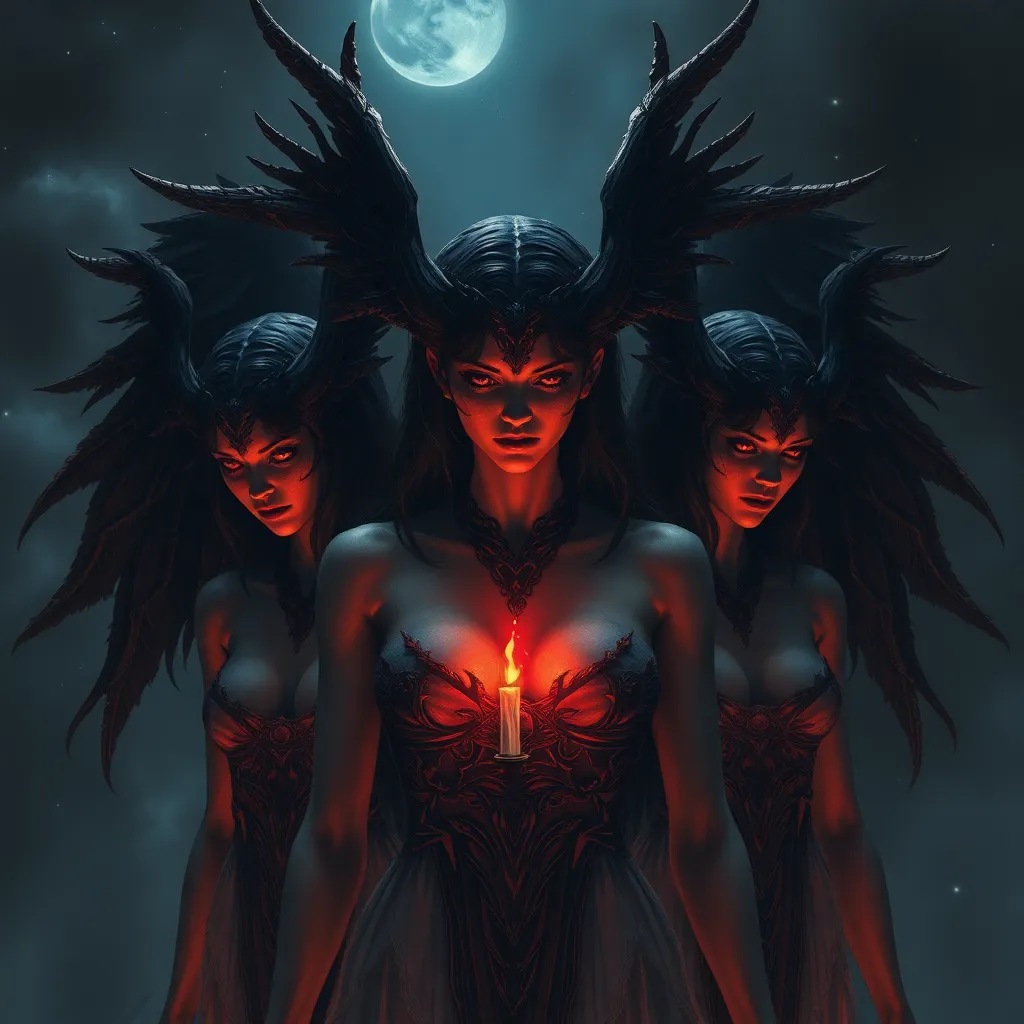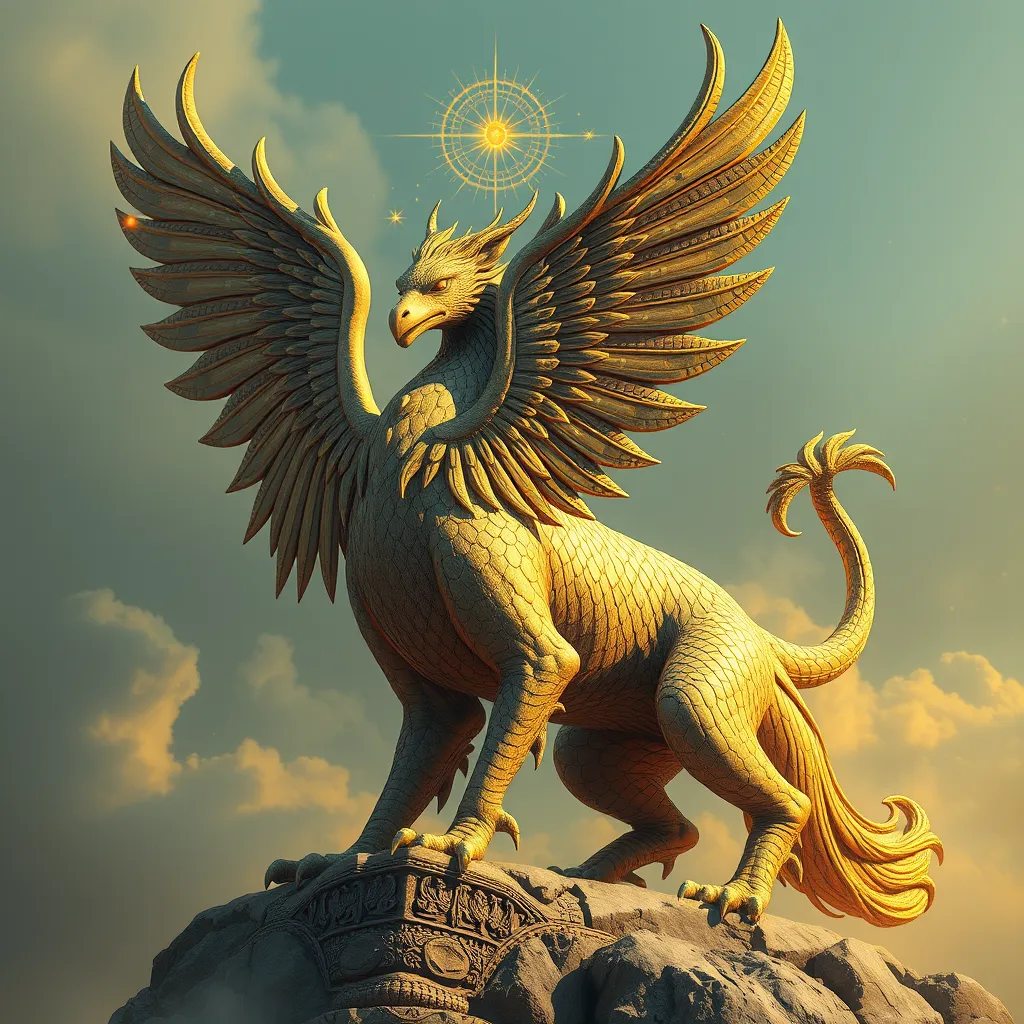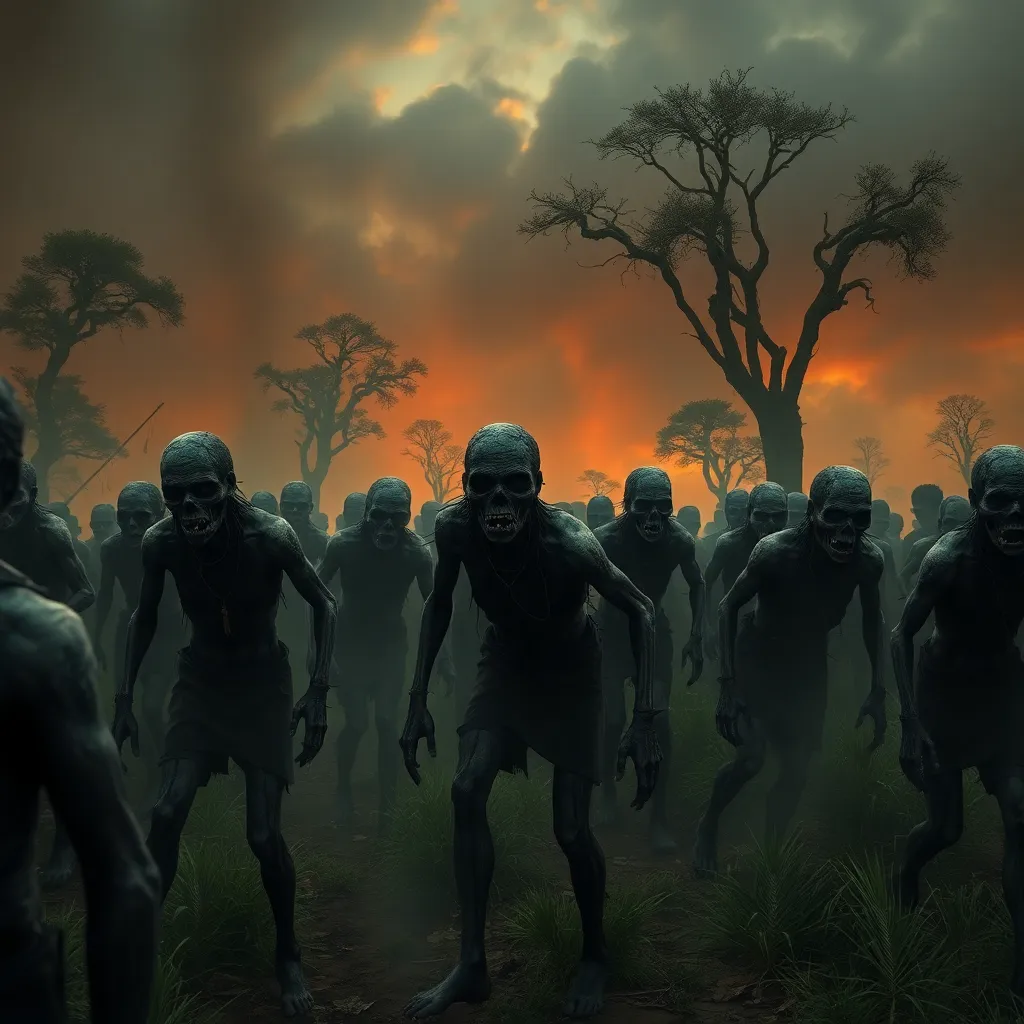The Daughters of Night: Exploring the Origins of the Furies
I. Introduction
The Furies, also known as the Erinyes, are formidable figures in Greek mythology, often depicted as avenging spirits who pursue wrongdoers relentlessly. They embody the darker aspects of justice and vengeance, serving as a reminder of the consequences of moral transgressions. Understanding the origins of the Furies is essential for grasping their complex roles in ancient narratives and their enduring legacy in modern culture.
This article will explore the historical context of the Furies, their theological foundations, literary representations, cultural significance, and their role as embodiments of feminine power. Through this exploration, we aim to uncover the multifaceted nature of these mythological figures and their relevance in contemporary society.
II. Historical Context of the Furies
A. The Furies in Greek mythology
The Furies are often portrayed as three sisters: Alecto, Megaera, and Tisiphone. They are believed to have emerged from the blood of Uranus when he was castrated by his son Cronus, linking them to the primordial chaos of the universe. Their primary function is to avenge heinous crimes, particularly those involving familial betrayal, such as murder or adultery.
B. Their roles in ancient literature and art
Throughout ancient literature, the Furies appear in various texts, symbolizing the inescapable nature of justice. They are frequently depicted in Greek tragedies, where their presence signifies the weight of guilt and the inevitability of retribution. In art, they are often portrayed as winged women with serpentine hair, embodying terror and vengeance.
C. The evolution of their portrayal over time
Initially, the Furies were feared and revered as relentless pursuers of justice. However, their portrayal evolved over time, especially during the transition from the archaic to the classical period in Greece. By the time of Aeschylus, they began to be seen as protectors of the state and enforcers of order, reflecting societal changes in the understanding of justice and morality.
III. Theological Foundations
A. Connection to primordial deities
The Furies are deeply connected to primordial deities, particularly the Night and the Underworld. Their origins from the blood of Uranus link them to the chaos that preceded the establishment of order in the universe. This connection illustrates their role as agents of primordial forces, often invoked in matters of divine retribution.
B. The significance of night and darkness in mythology
Night and darkness play a crucial role in the mythology surrounding the Furies. They are often associated with the shadows of the underworld, reflecting the fear of the unknown and the consequences of one’s actions. The darkness symbolizes both the hidden nature of crime and the inevitable emergence of justice.
C. The influence of other mythological figures
Other mythological figures, such as the Moirai (Fates) and the Gorgons, also influence the portrayal of the Furies. Like the Furies, these figures represent aspects of fate, justice, and the darker sides of existence. This interconnectedness highlights a broader theme in mythology: the balance between order and chaos, justice and retribution.
IV. Literary Sources and Representations
A. Analysis of key texts featuring the Furies (e.g., Aeschylus, Euripides)
In Aeschylus’s “Oresteia,” the Furies play a pivotal role in the narrative, pursuing Orestes for avenging his father’s murder. Their relentless pursuit underscores the themes of guilt, justice, and the consequences of one’s actions. Euripides also features the Furies in various plays, often highlighting their complex nature as both avengers and protectors of moral order.
B. Variations in depiction across different authors
Different authors portray the Furies with varying degrees of sympathy and horror. For instance, while Aeschylus presents them as fearsome avengers, later playwrights may depict them as more nuanced characters grappling with their roles in the justice system. This variation reflects changing societal views on justice, morality, and the human condition.
C. The symbolism of the Furies in these narratives
- Embodiment of vengeance: The Furies symbolize the idea that wrongdoing will not go unpunished.
- Reflectors of societal values: Their actions often mirror the values and fears of the society that created them.
- Agents of transformation: Their presence often leads to significant changes in characters and societal structures.
V. Cultural Significance and Interpretations
A. The Furies as symbols of vengeance and justice
The Furies have become enduring symbols of vengeance and justice, representing the idea that moral transgressions must be addressed. Their relentless pursuit of wrongdoers serves as a cautionary tale about the consequences of one’s actions, reinforcing the notion of accountability.
B. Their role in reflecting societal values and fears
The portrayal of the Furies often reflects societal values, particularly regarding justice and morality. In ancient Greece, their presence highlighted the importance of familial loyalty and the severe consequences of betrayal. Modern interpretations continue to explore these themes, emphasizing the timeless nature of their symbolism.
C. Modern interpretations and adaptations in popular culture
In contemporary culture, the Furies have found new life in various forms of media, including literature, film, and television. They are often reimagined as complex characters that challenge traditional notions of justice and vengeance. Popular adaptations include:
- Graphic novels that depict the Furies as anti-heroes.
- Films that explore themes of revenge through the lens of the Furies.
- Television series that draw parallels between the Furies and modern societal issues.
VI. The Furies and Feminine Power
A. Exploration of gender dynamics in the portrayal of the Furies
The Furies are significant in discussions of gender dynamics in mythology. As powerful female figures, they challenge traditional gender roles and embody the complexities of female rage and empowerment. Their portrayal often highlights the struggle for agency in a patriarchal society.
B. The Furies as embodiments of female rage and empowerment
The Furies represent the darker aspects of feminine power, showcasing the potential for women to harness their anger and seek justice. This portrayal has resonated with modern audiences, particularly in feminist discourse that emphasizes the importance of acknowledging and addressing women’s anger in a constructive manner.
C. Comparisons with other mythological female figures
When compared to other mythological female figures, such as the Gorgons or the Valkyries, the Furies stand out as unique embodiments of vengeance and justice. While other figures may represent beauty or warfare, the Furies are rooted in the darker aspects of morality and the consequences of human actions.
VII. The Legacy of the Furies
A. Influence on contemporary literature and media
The legacy of the Furies continues to influence contemporary literature and media, serving as archetypes for characters that embody vengeance and justice. Writers and creators often draw upon their symbolism to explore complex themes of morality, guilt, and retribution.
B. The Furies in modern feminist discourse
In modern feminist discourse, the Furies are often invoked as symbols of women’s empowerment and the need for justice. Their representation highlights the importance of acknowledging female anger and the societal structures that contribute to it. This connection has prompted discussions about the role of women in seeking justice and the complexities of vengeance.
C. The enduring fascination with the concept of vengeance
The concept of vengeance, as embodied by the Furies, remains a compelling theme in literature and culture. Their legacy serves as a reminder of the intricate relationship between justice and revenge, and the consequences of moral transgressions that continue to resonate with audiences today.
VIII. Conclusion
In conclusion, the Furies, or the Daughters of Night, hold a significant place in mythology and literature. Their origins as avenging spirits connect them to primordial forces, and their portrayal in ancient texts reflects complex societal values regarding justice and morality. As symbols of feminine power and rage, they challenge traditional narratives and continue to inspire contemporary interpretations.
Understanding the Furies allows us to reflect on their relevance in today’s society, particularly in discussions surrounding justice, vengeance, and the representation of women. Their continuing legacy serves as a powerful reminder of the complexities of human emotions and the pursuit of moral order.




